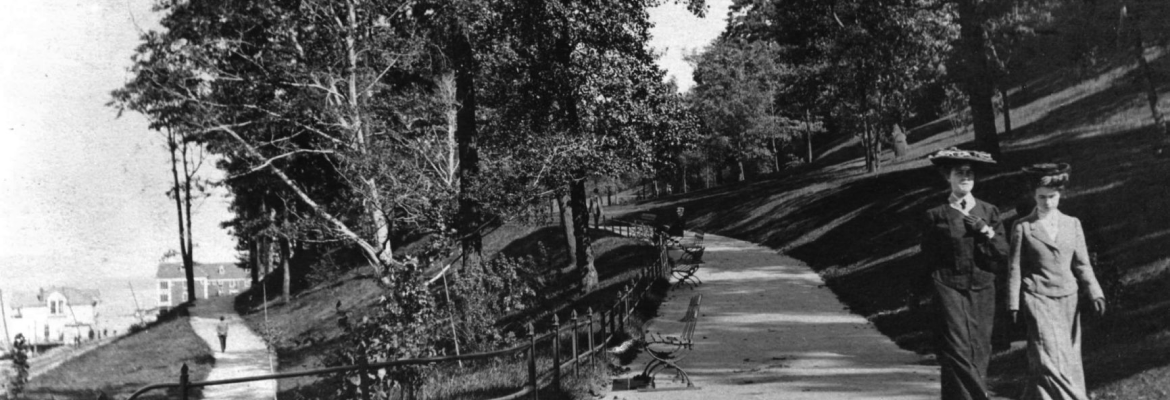Meanwhile, in 1985 Donald Trump purchased the abandoned Penn Central railyard between 59th and 72nd Streets with the intention of building the city’s tallest skyscraper. Many objections were raised to this plan, but finally in 1991, Trump gained the City’s approval for his project by agreeing to build several smaller buildings and a 21.5 acre public park. Thus, Trump Place and Riverside Park South were born.
Designed by Thomas Balsley & Associates, the first of six phases of the new park broke ground in November 1998. In April 2001, Phase I of Riverside Park South, a 7-acre section from 72nd to 68th Street was officially opened to the public. This section of the new park includes a soccer field, basketball courts, handball courts and a recreational pier.
Pier I, at 70th Street in the Park, was originally part of the railyard and was reconstructed to its original length of 795 feet, but where it was once wide enough to fit four parallel railroad tracks, it has been narrowed considerably and is now only about 55 feet at its widest part. Most piers are perpendicular to the shore, but Pier I was built at a 55E angle to the shore to facilitate the transfer of rail cars from their tracks to a waiting barge.








